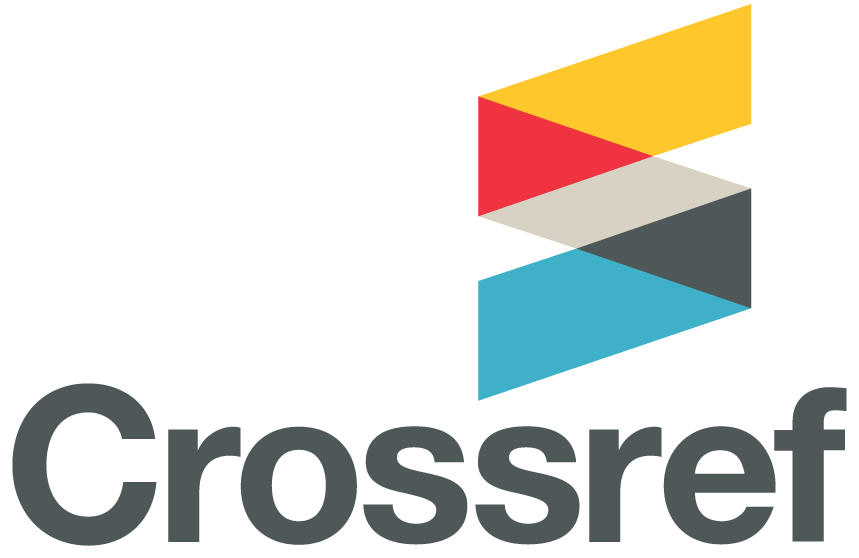Assessing Anxiety and Pain During Treatment of Primary Molar Carious Lesions Using Minimal Invasive Techniques: Randomized Controlled Trial
DOI:
https://doi.org/10.32828/mdj.v20i2.1145Keywords:
Ceramic bur, Minimal Invasive Dentistry, Anxiety, Facial image scale, Silver diamine fluoride, Brix3000Abstract
Abstract
Background: The routine method of removing caries is nonselective, causing a detrimental biological consequence and triggering anxiety, fear, and pain for children. As a result, this study aims to compare three minimally invasive treatments by the evaluation of an anxiety level pain assessment.
Materials and Methods: A controlled clinical trial was conducted on a total of 45 children aged 7-8 years who had primary molar and active caries lesions. The children were divided into three groups: the 38% e-SDF (Group S), the Brix3000 (Group B), and the CeraBur (Group C). The children were presented with a facial image scale to evaluate their level of anxiousness. Chi-square, Kruskal-Wallis, and post-hoc pairwise tests were used to analyze the data, and the statistical significance (p-value) was determined to be significant at p≤0.05.
Result: This study revealed a variation in the child's anxiety level during caries removal. There is a significant difference in anxiety scores between the three treatment methods (P = 0.009). Post-hoc pairwise comparisons revealed a significant difference between the S and C groups (P = 0.002).
Conclusion: Silver diamine fluoride was a simple, efficient, and least invasive method for treating dental caries and eliminating the need for local anesthesia.
References
References
1. Hassan, R.H. and M.J. Abaas, Prevalence of dental caries in children attended pedodontic dental clinic Al Mustansiria Collage of Dentistry. Mustansiria Dental Journal, 2011. 8(3): p. 276-280.
2. Sontakke, P., et al., A comparative study of the clinical efficiency of chemomechanical caries removal using Carie-Care gel for permanent teeth of children of age group of 12-15 years with that of conventional drilling method: A randomized controlled trial. Dent Res J (Isfahan), 2019. 16(1): p. 42-46.
3. Bsereni, L. and F.V. Torresi, Estudio de la eficacia del gel de PapaínaBrix3000. Acceso, 2017. 1(07).
4. Elfeel, N.M., et al., Evaluation of the Efficacy of Minimal Invasive Methods Versus Conventional Methods for Caries Removal in Primary Molars. Cureus, 2023. 15(12): p. e50803.
5. Maashi, M.S., et al., Chemomechanical caries removal methods: A literature review. Saudi Dent J, 2023. 35(3): p. 233-243.
6. Clemens, J., J. Gold, and J. Chaffin, Effect and acceptance of silver diamine fluoride treatment on dental caries in primary teeth. Journal of public health dentistry, 2018. 78(1): p. 63-68.
7. Mahdi, M. and A. Haidar, Evaluation of the Efficacy of Caries Removal Using Papain Gel (Brix 3000) and Smart Preparation Bur(in vivo Comparative Study). Journal of Pharmaceutical Sciences and Research, 2019. 11: p. 444-449.
8. Jiang, M., et al., A 24-month randomized controlled trial on the success rates of restoring untreated and SDF-treated dentine caries lesions in primary teeth with the ART approach. J Dent, 2020. 100: p. 103435.
9. Shivasharan, P., et al., Clinical Evaluation of Caries Removal in Primary Teeth Using Carie-care and SmartPrep Burs: An In vivo Study. Indian Journal of Oral Health and Research, 2016. 2(1): p. 27-31.
10. Dean, J.A., et al., McDonald and Avery's Dentistry for the Child and Adolescent. 2021: Elsevier.
11. Ardeshana, A., et al., Evaluation of caries excavation efficacy with ceramic bur and hand excavation in primary teeth: an experimental study. Pediatr Dent, 2020. 3(2): p. 60-64.
12. Mahajan, P., et al., Comparative Evaluation of'Less Invasive Approach'of caries excavation and'Only Arrest And No Excavation Approach'in dental caries management in primary molars-A Randomised Controlled Trial. Journal of Advanced Medical and Dental Sciences Research, 2021. 9(8): p. 84-92.
13. Satyarup, D., et al., Comparison of the effectiveness of 38% silver diamine fluoride and atraumatic restorative treatment for treating dental caries in a school setting: A randomized clinical trial. Dent Med Probl, 2022. 59(2): p. 217-223.
14. Buchanan, H. and N. Niven, Validation of a Facial Image Scale to assess child dental anxiety. Int J Paediatr Dent, 2002. 12(1): p. 47-52.
15. Vollú, A.L., et al., Efficacy of 30% silver diamine fluoride compared to atraumatic restorative treatment on dentine caries arrestment in primary molars of preschool children: A 12-months parallel randomized controlled clinical trial. J Dent, 2019. 88: p. 103165.
16. Venkataraghavan, K., et al., Chemomechanical Caries Removal: A Review & Study of an Indigen-ously Developed Agent (Carie Care (TM) Gel) In Children. J Int Oral Health, 2013. 5(4): p. 84-90.
17. Ismail, M.M.M. and A.H.M. Al Haidar, Evaluation of the efficacy of caries removal using papain gel (Brix 3000) and smart preparation bur (in vivo comparative study). Journal of Pharmaceutical Sciences and Research, 2019. 11(2): p. 444-449.
Downloads
Published
Issue
Section
Categories
License
Copyright (c) 2024 Alhamzah Thaer Hasan Ankaz, Maha Jamal Abbas, IF Barakat

This work is licensed under a Creative Commons Attribution 4.0 International License.
The Journal of Mustansiria Dental Journal is an open-access journal that all contents are free of charge. Articles of this journal are licensed under the terms of the Creative Commons Attribution International Public License CC-BY 4.0 (https://creativecommons.org/licenses/by/4.0/legalcode) that licensees are unrestrictly allowed to search, download, share, distribute, print, or link to the full texts of the articles, crawl them for indexing and reproduce any medium of the articles provided that they give the author(s) proper credits (citation). The journal allows the author(s) to retain the copyright of their published article.
Creative Commons-Attribution (BY)








